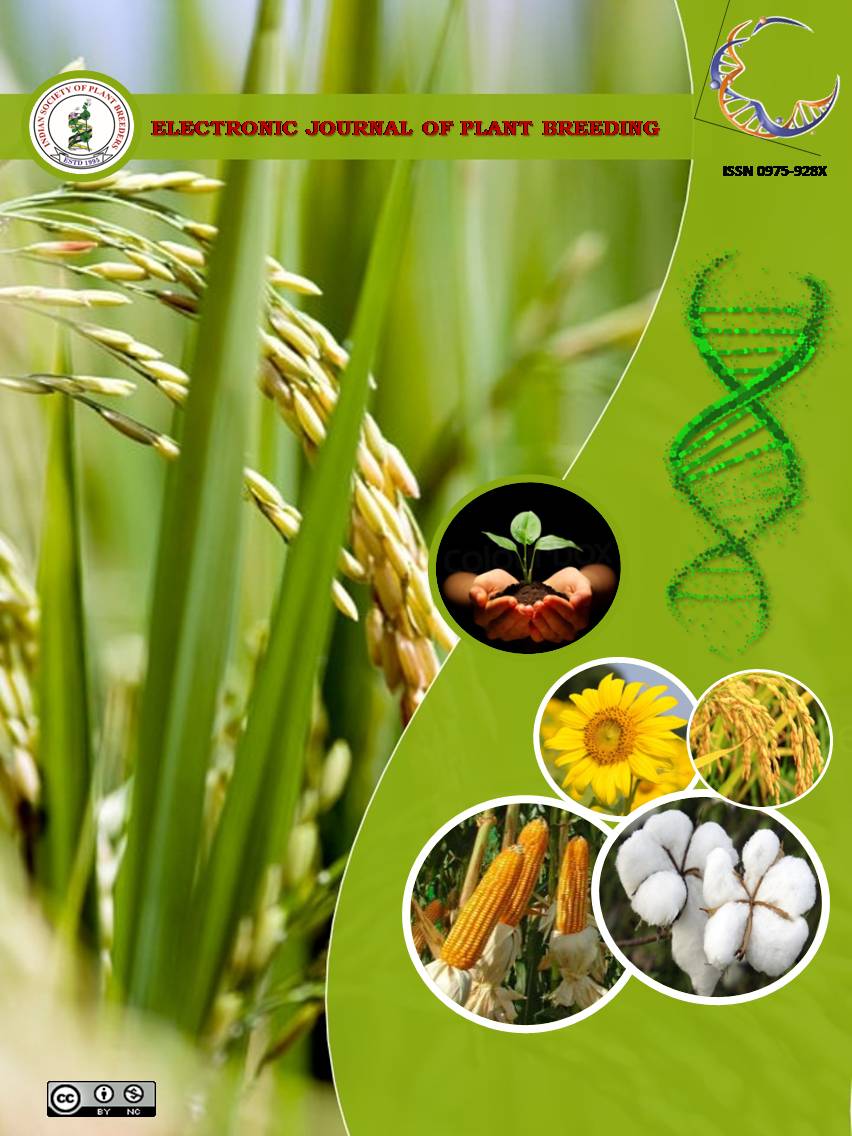A new high yielding dual purpose sorghum variety CO 32 for Tamil Nadu
Abstract
The sorghum culture TNS 648 (APK 1 x M35-1) recorded an average grain yield of 2445 kg/ha and fodder yield of 6490 kg/ha with an increase of 10.30 per cent and 10 per cent, respectively over CO 30 under rainfed condition. It also excelled K 12 by recording a 9.17 per cent and 13 per cent increase for grain and fodder yield, respectively. In irrigated situation, TNS 648 recorded an average grain yield of 2911 Kg/ha and fodder yield of 11710 kg/ha with a yield increase of 12 per cent and 10, respectively overruling sorghum variety CO 30. TNS 648 also performed better over K12 by recording an 11.32 per cent and 14 per cent increase for grain and fodder yield, respectively. Under AICRP on Sorghum national level testing, TNS 648 recorded a mean yield of 3100 Kg/ha and fodder yield of 11453 Kg/ha and excelled CSV 17 by recording 6.11 and 29.99 per cent increase of grain and fodder yield, respectively. It matures in 105 - 110 days, Grains are highly acceptable, yellowish white in colour, borne on medium semi-compact ear heads. The sorghum culture TNS 648 is moderately resistant to important shoot pests viz., shoot fly and stem borer. It is moderately resistant to downy mildew and grain mold. It has high protein (11.31-14.66 %) and fiber content (5.8 %) along with better cooking quality traits. Hence, the promising culture TNS 648 has been proposed for new release during 2020 and released as sorghum CO 32 for general cultivation in Tamil Nadu for both under rainfed and irrigated condition.

